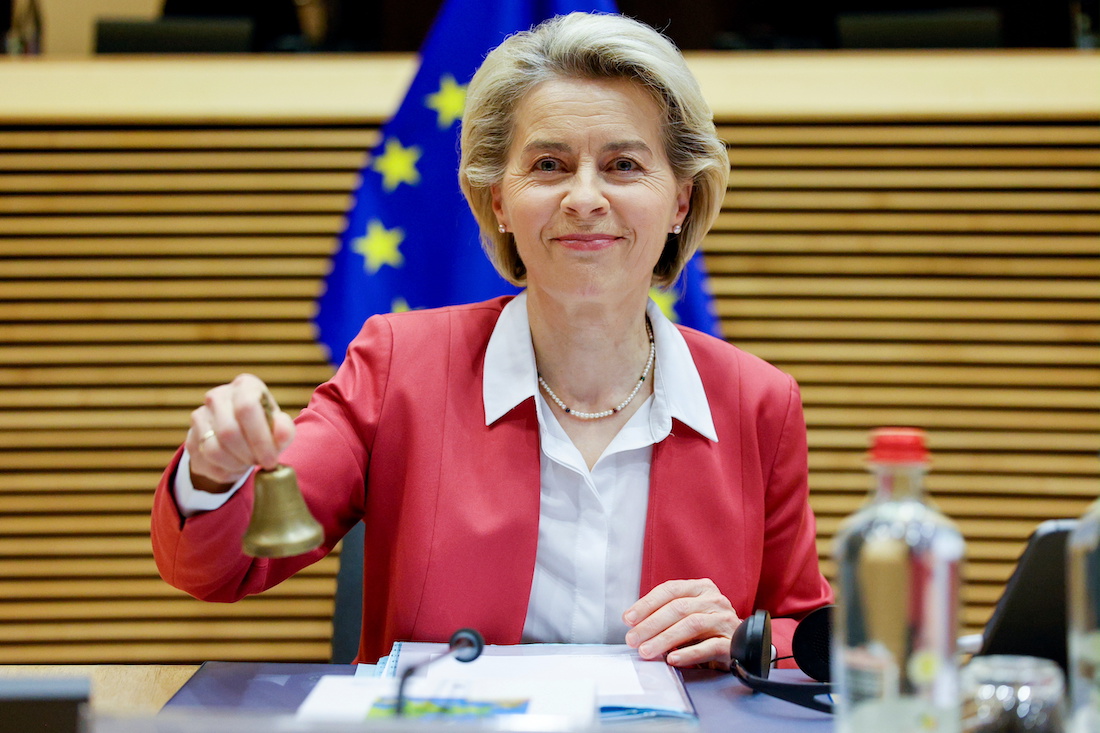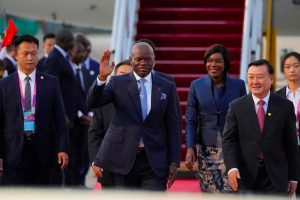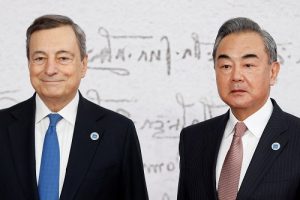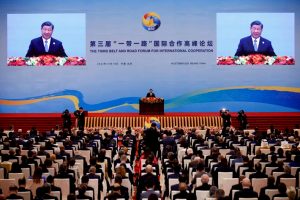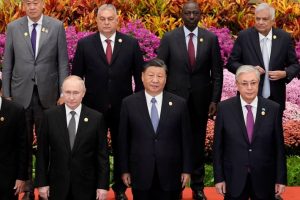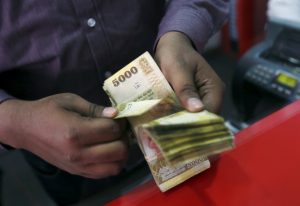The European Commission has unveiled a plan to invest 300 billion euros ($340 billion) globally by 2027 in infrastructure, digital and climate projects as a better alternative to China’s Belt and Road Initiative.
The scheme, called Global Gateway, is to strengthen Europe’s supply chains, boost EU trade and help fight climate change, focusing on digitalisation, health, climate and energy and transport sectors, as well as education and research.
China launched its Belt and Road project in 2013 to boost trade links with the rest of the world and has been spending heavily on the development of infrastructure in dozens of countries around the world.
But EU officials say financing offered by Beijing is often unfavourable, not transparent, and makes some poorer countries, especially in Africa, dependent on China through debt.
Unlike China, the EU would ensure local communities benefited from the infrastructure projects under Global Gateway and would also bring with it the private sector, for which EU involvement meant the investment was less risky, European Commission head Ursula von der Leyen said.
“Indeed, countries … need better and different offers (to China’s initiative),” von der Leyen told a news conference, unveiling the EU scheme, which she called “a true alternative”.
‘Grants Or Fair Terms’
EU money, in the form of grants, loans and guarantees, will come from the bloc’s institutions, governments, as well as EU financial institutions and national development banks. It would be offered “under fair and favourable terms” so as not to leave governments of third countries with a debt problem, the Commission said.
EU International Partnerships Commissioner Jutta Urpilainen told the news conference the amount of money the EU was spending on development aid was similar to China’s.
“If I look at the statistics, between 2013 and 2018 Europe has been the largest provider of development assistance in the world and our development assistance, which is purely grants, for 2013-2018, is very close to the reported Belt and Road initiative projects provided by China,” she said.
“We are very much at the same level but our modalities have been different. We have been providing grants and China has been providing loans,” she said.
The EU plan will focus on physical infrastructure, like fibre optic cables, clean transport corridors and clean power transmission lines to strengthen digital, transport and energy networks, the Commission said.
It said that by helping other countries the EU would also promote its own interests and strengthen its supply chains, the vulnerability of which became apparent during the Covid-19 pandemic.
• Reuters with additional editing by Jim Pollard
ALSO SEE:
China’s Belt And Road Project ‘Facing Mounting Opposition and Debts’
G7 to ‘counter’ China’s belt and road with infrastructure project
Belt and Road projects still holding up, says China




